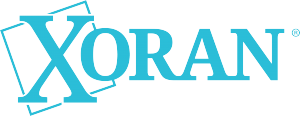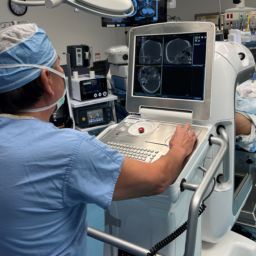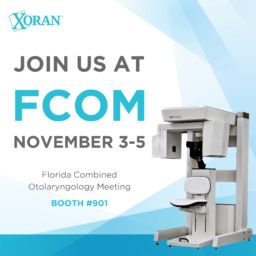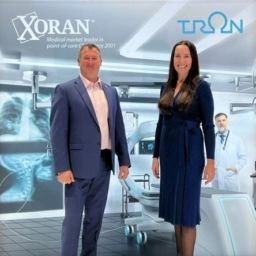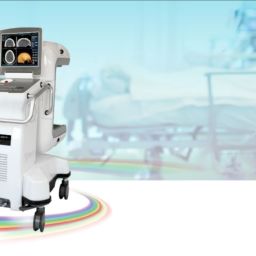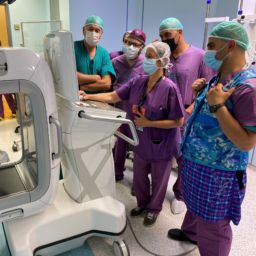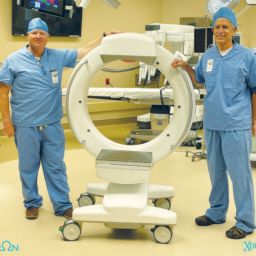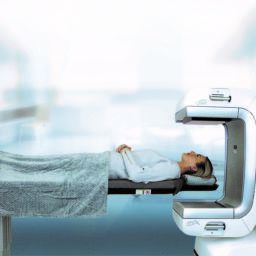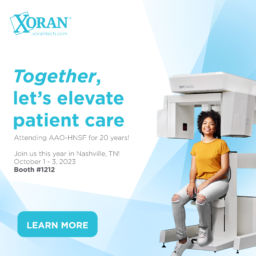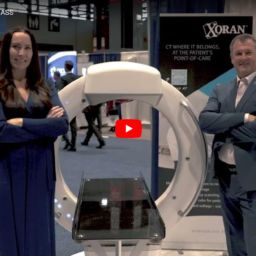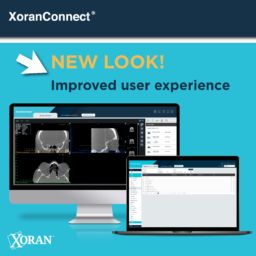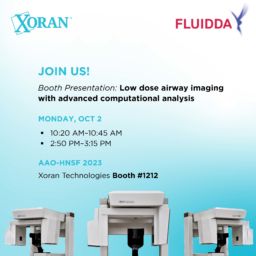Xoran Announces Milestone Towards Future CT Perfusion Device

ANN ARBOR, MI, July 7, 2022–Today Xoran Technologies announces that it has completed the Phase 1 milestones of the SBIR project, funded by the NIH and NINDS to demonstrate feasibility of a highly portable and affordable cranial computed tomography perfusion (CT-P) device.
“We are proud of this milestone and grateful to NIH and NINDS for their support,” states William van Kampen, Xoran CTO and principal investigator on the project. “Our goal is that in the future this technology will help expedite the front-line evaluation and triage of cerebral stroke victims.”
In 2020 Xoran received this Small Business Innovation Research (SBIR) grant award from the National Institutes of Health (NIH) and the National Institute of Neurological Disorders and Stroke (NINDS). The aims of Phase 1 were both to develop a compact, fast-rotating gantry and to confirm time-resolved contrast imaging feasibility—all to be incorporated in a future device compact enough to be transported by two or less people in a mid-sized civilian or military vehicle, or an ambulance.
“What we know about stroke is that ‘time is brain.’ Previously we had few effective therapies for stroke, but in the recent years we have developed extremely robust and successful therapies, as long as we can diagnose and treat the problem in its very early stages. That is why this project is so exciting,” says neurosurgeon William Gormley, MD, MPH, MBA. “Expanding access by setting-up mobile CT-Perfusion scanners that can potentially be deployed in existing ambulances and directly reach affected patients where they are first seen, changes everything. The rapid screening, early detection and diagnosis of cerebral ischemia means we will be able to reverse strokes, save more brain and prevent major morbidity and mortality from this devastating disease.”
Indeed, the combined tens of thousands of ambulances, urgent care centers, and homes for elder care in the United States alone could benefit from an affordable point-of-care CT-P device. Deploying this future device in cities and rural areas means many more individuals suffering from acute stroke can be rapidly evaluated and treated within the beneficial window, thereby reducing disability and improving functional independence and quality of life for affected individuals.
Complementary to this project is a patent that Xoran recently received for a modular computed tomography (CT) system assembly. “This revolutionary cone beam CT configuration paired with our twenty-and-counting current patents unlocks a plethora of new capabilities. The technology is just the beginning of a new generation of Xoran’s point-of-care (POC) imaging devices,” explains Misha Rakic, Xoran CEO. “In the future, this advancement means that ultra-compact CT can fit into existing ambulances without the need for a dedicated mobile stroke unit for early stroke detection. It could also be used by first responders in front-line and natural disaster scenarios as well as by military in the battlefield. The possibilities for highly deployable head CT are virtually limitless.”
Over 795,000 individuals suffer from strokes each year in the U.S. alone. When an individual is suffering from acute stroke, time is of the essence; however, it is critically important to assess the type of stroke as well as the amount and location of potentially recoverable brain tissue to determine the appropriate treatment routing and priority to achieve the best outcome for that individual.
About Xoran Technologies
Since 2001, Xoran is the pioneer and medical market leader in low-dose radiation, cone beam CT systems specifically designed for the patient’s point-of-care. Providers around the world rely on our industry leading MiniCAT™, xCAT™, and veterinary CT systems: VetCAT and vTRON, to diagnose and treat patients.
Xoran is based in Ann Arbor, Michigan.
For more information visit www.xorantech.com/
© 2022 Xoran Technologies, LLC
Media Contact
Aramide Boatswain
+1.734-709-0464
info@xorantech.com


